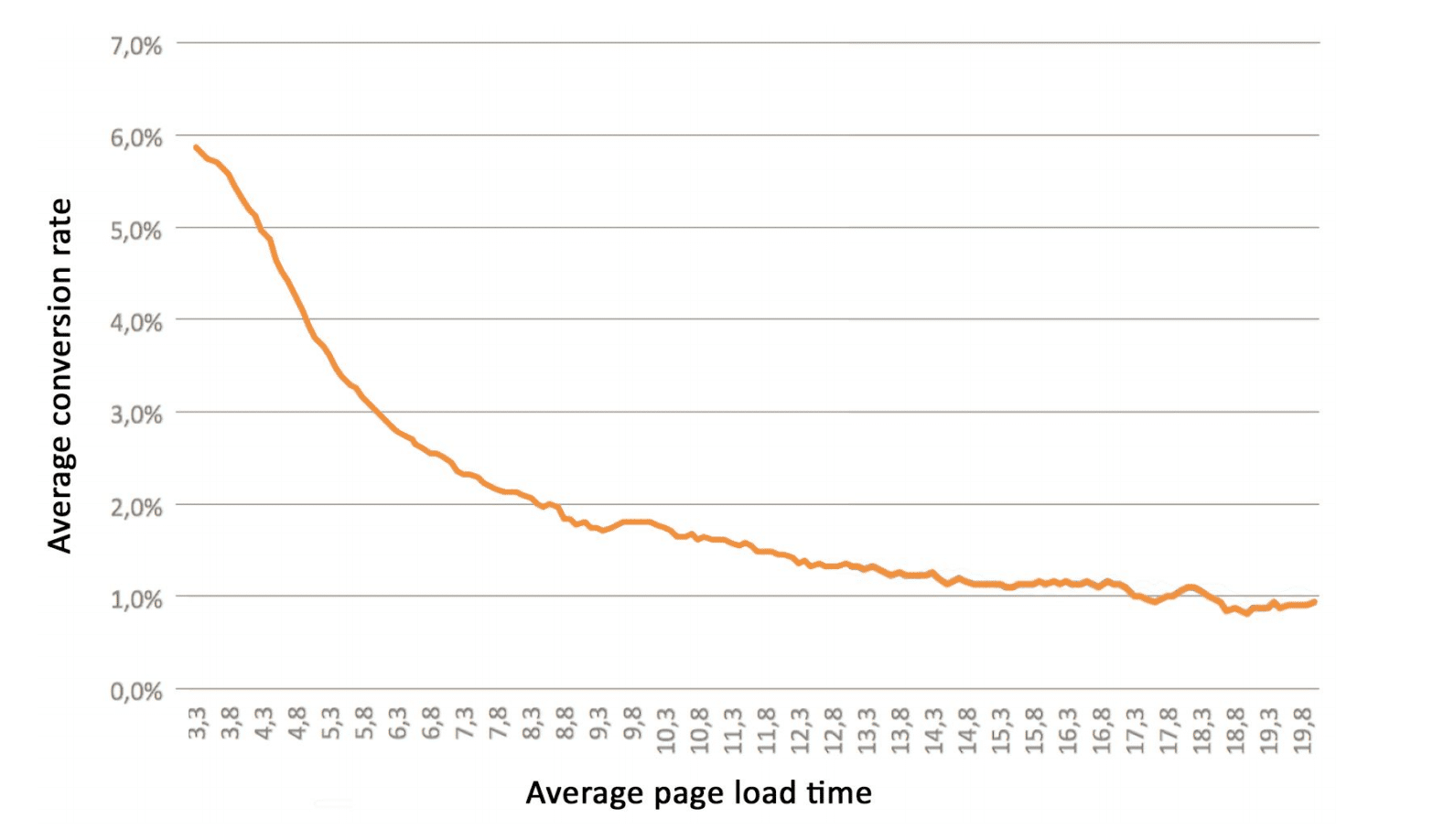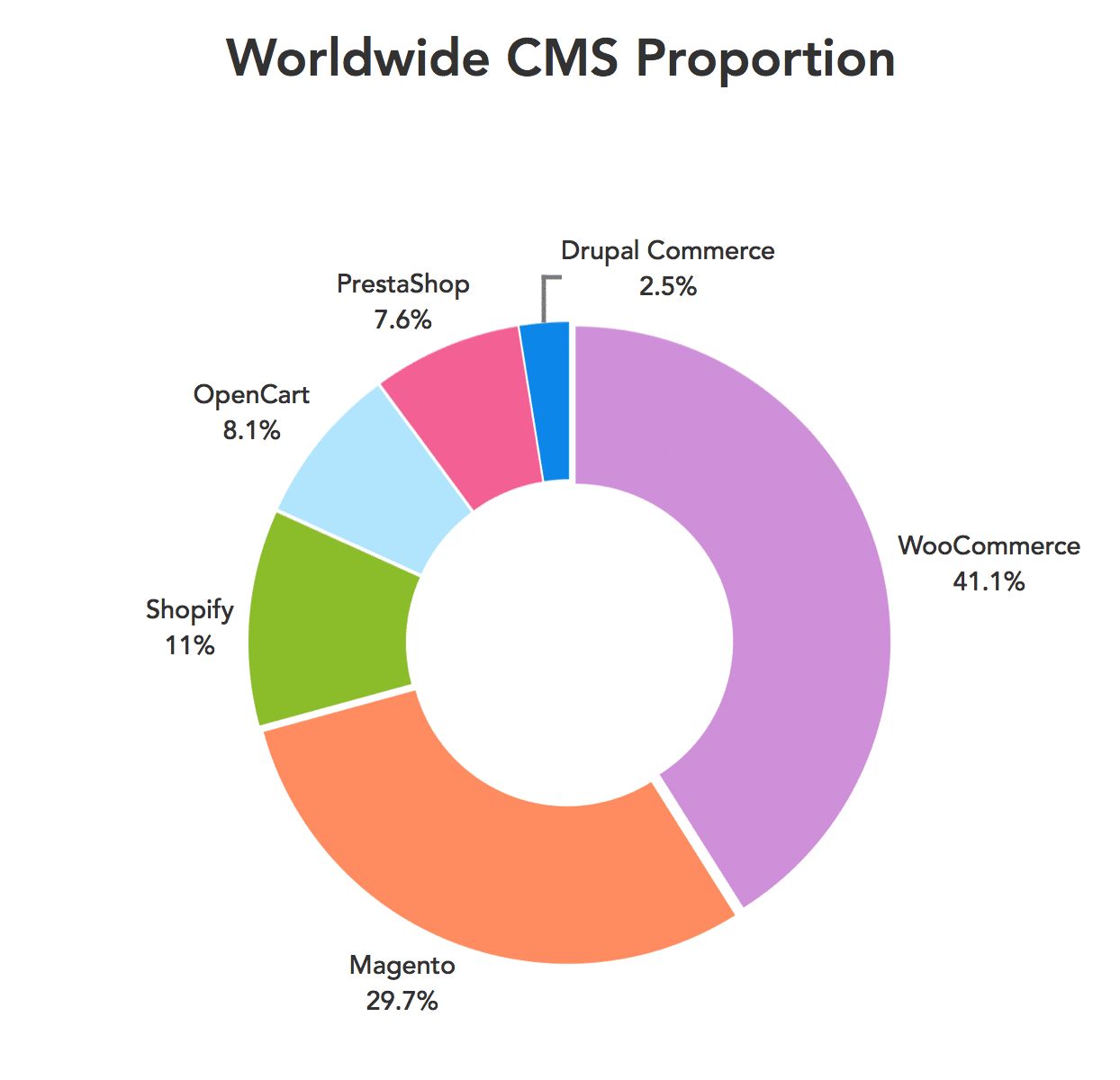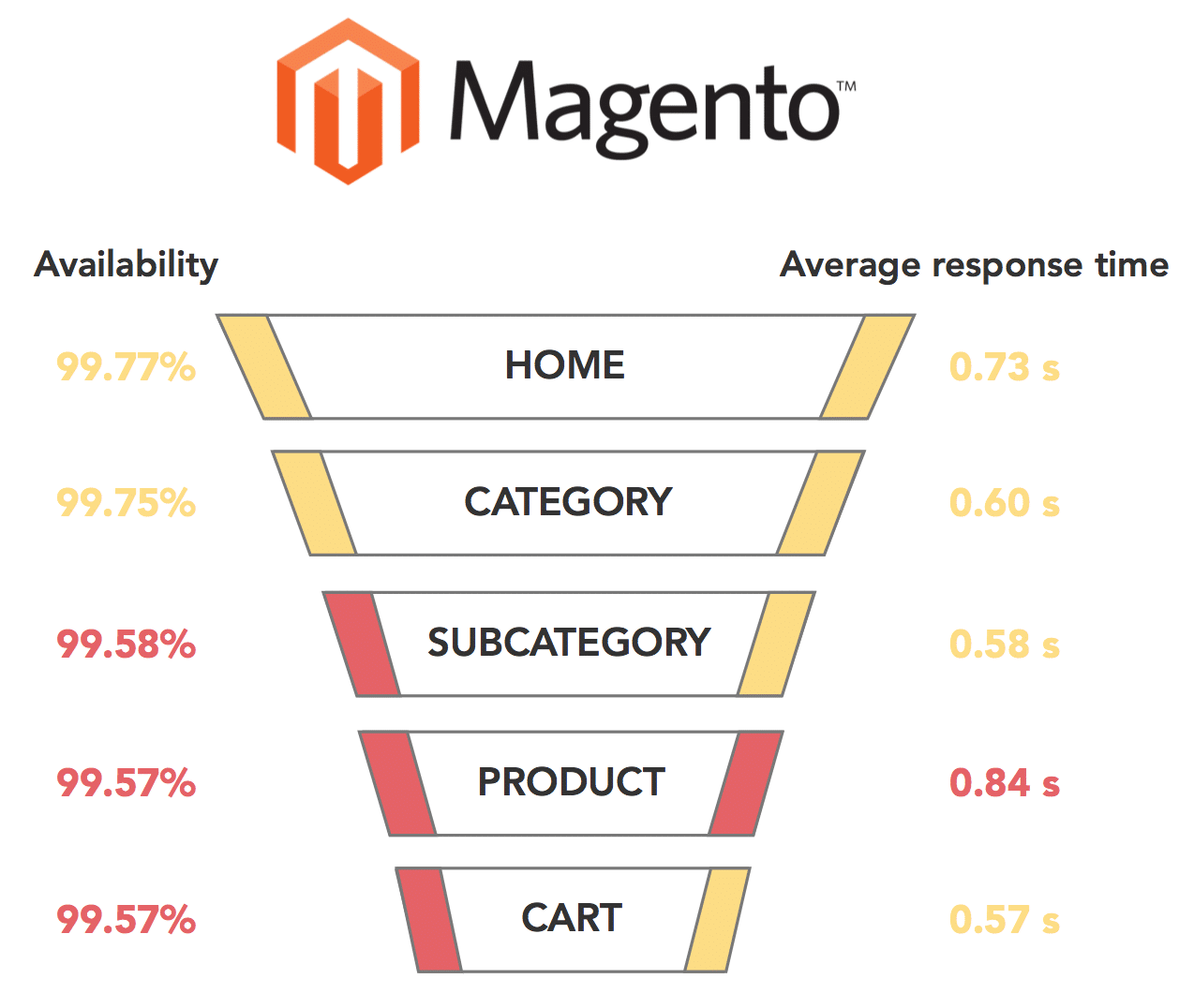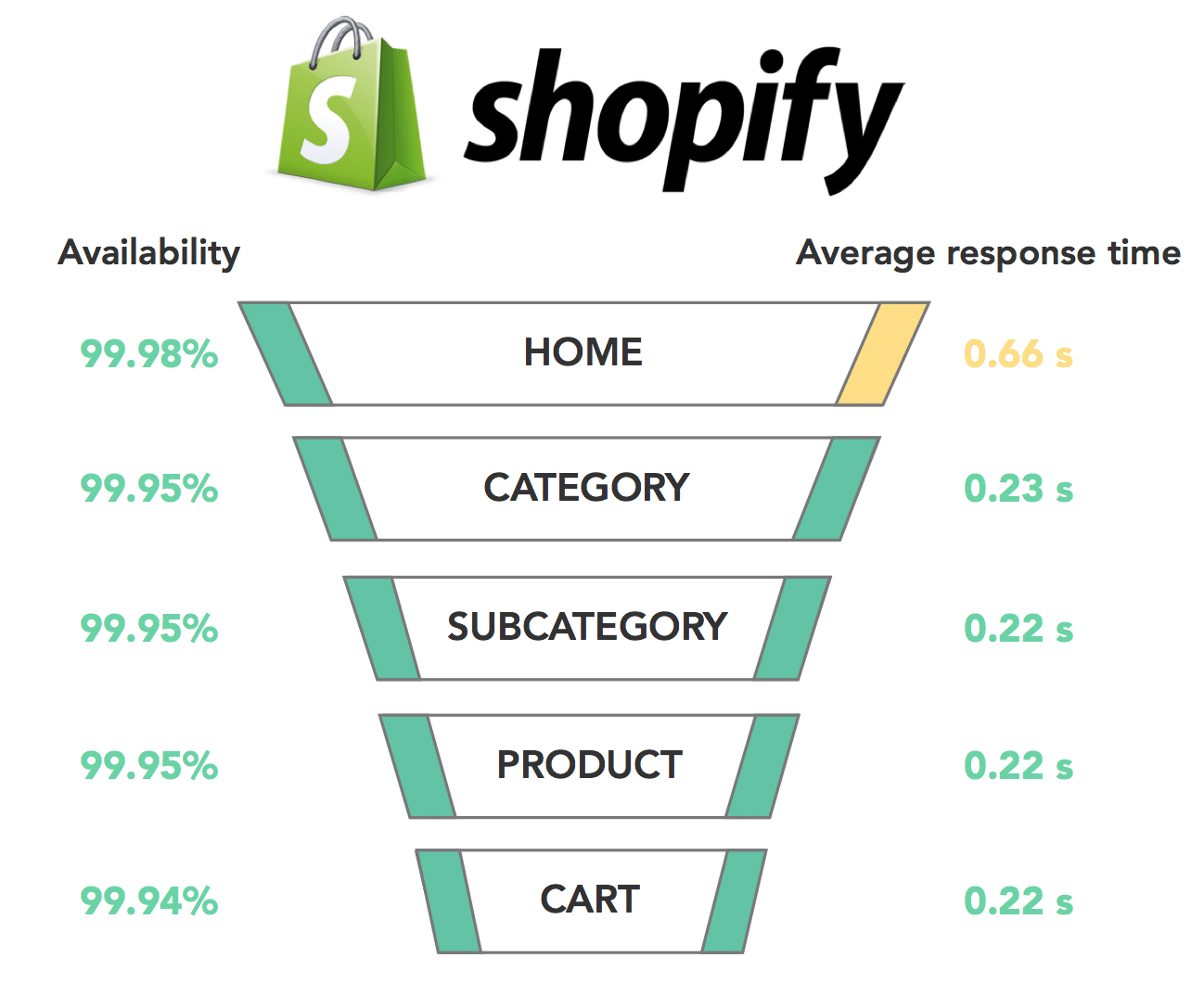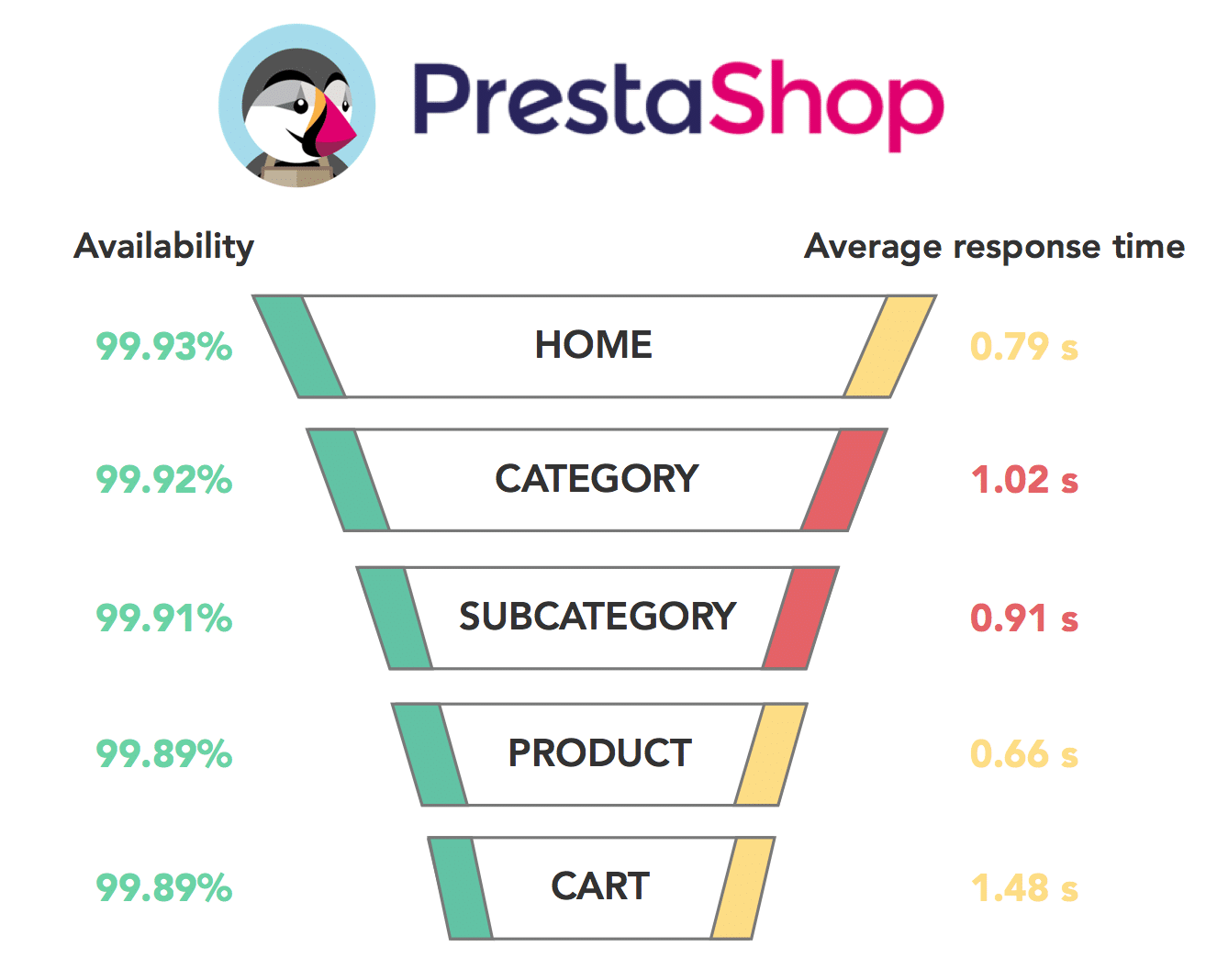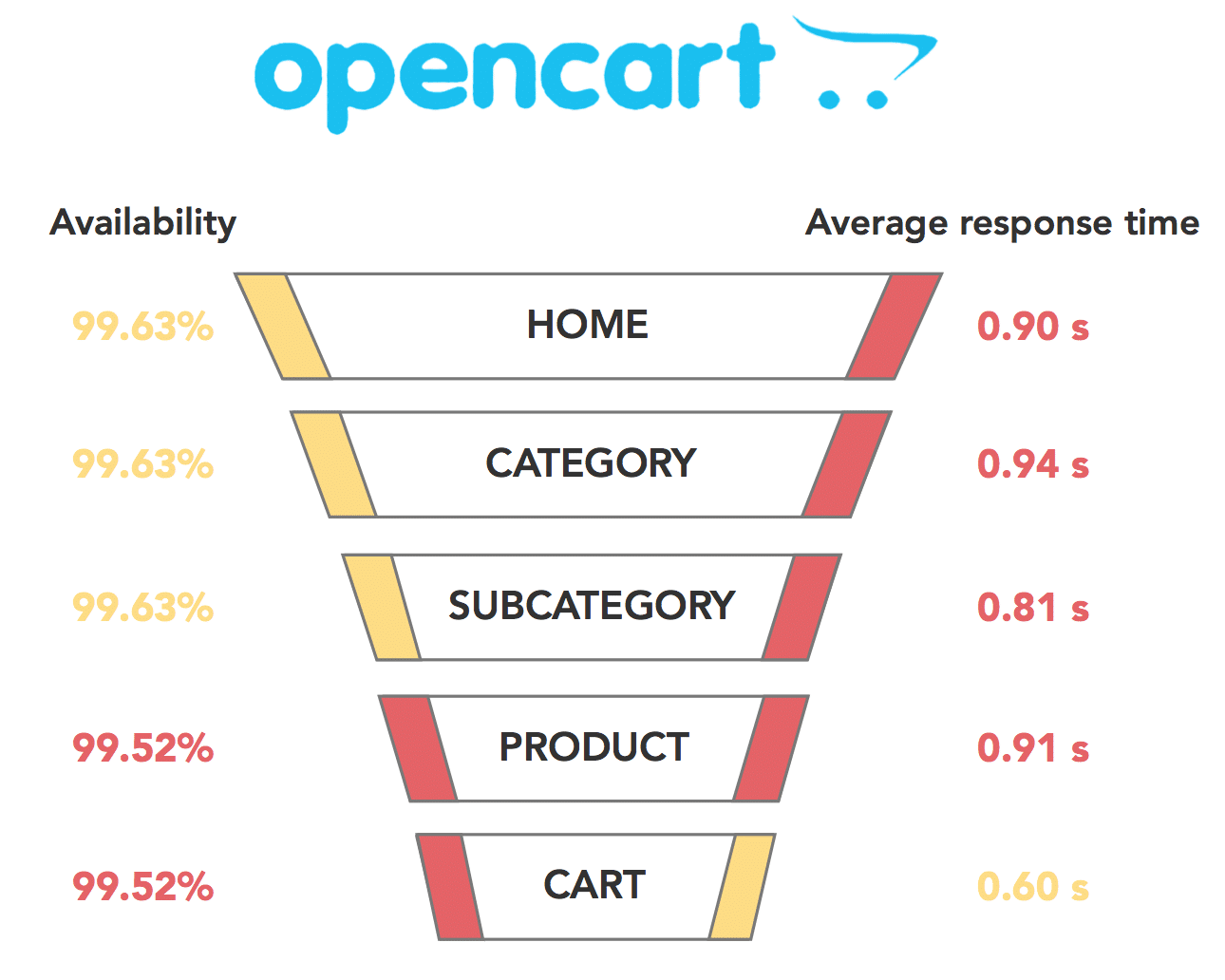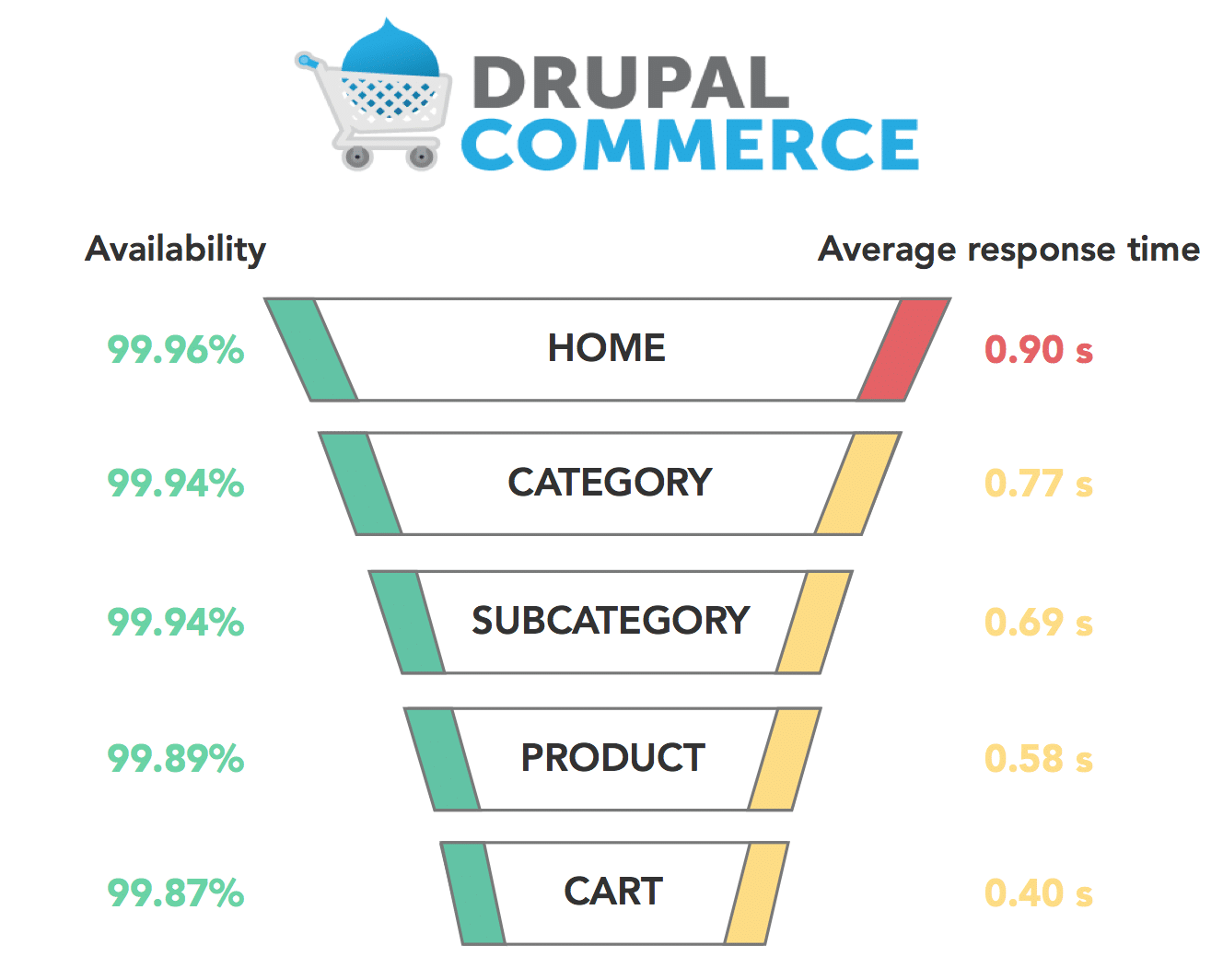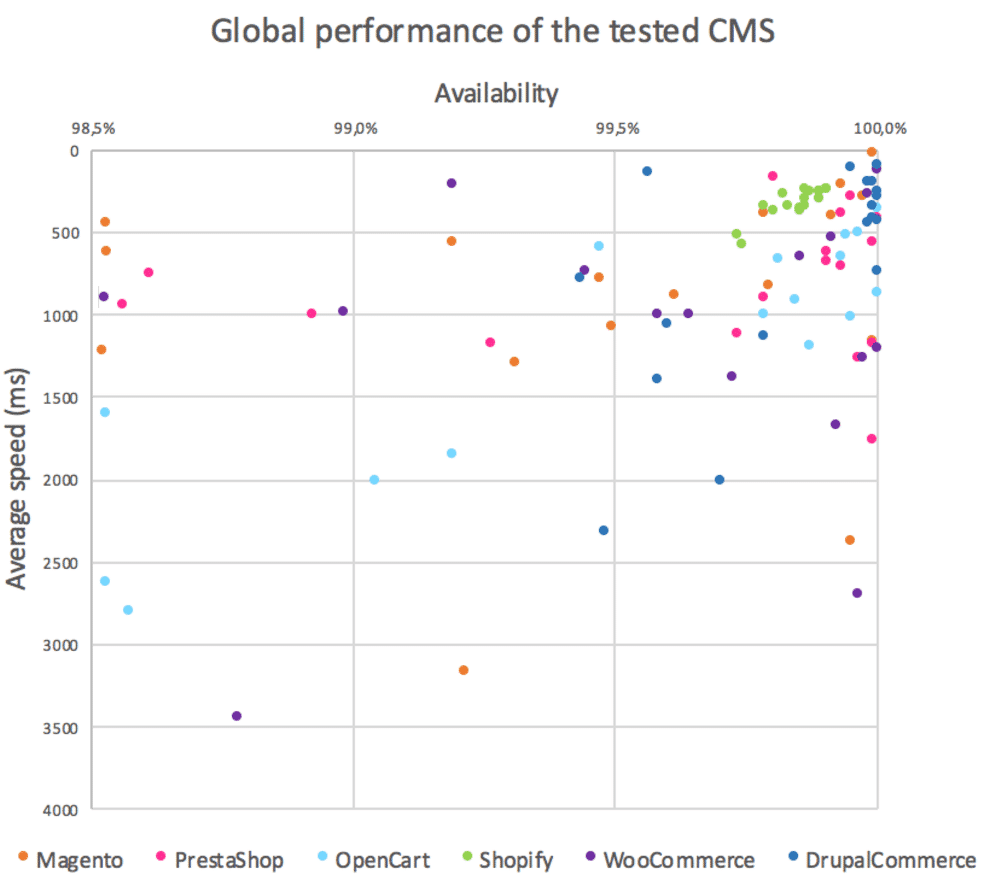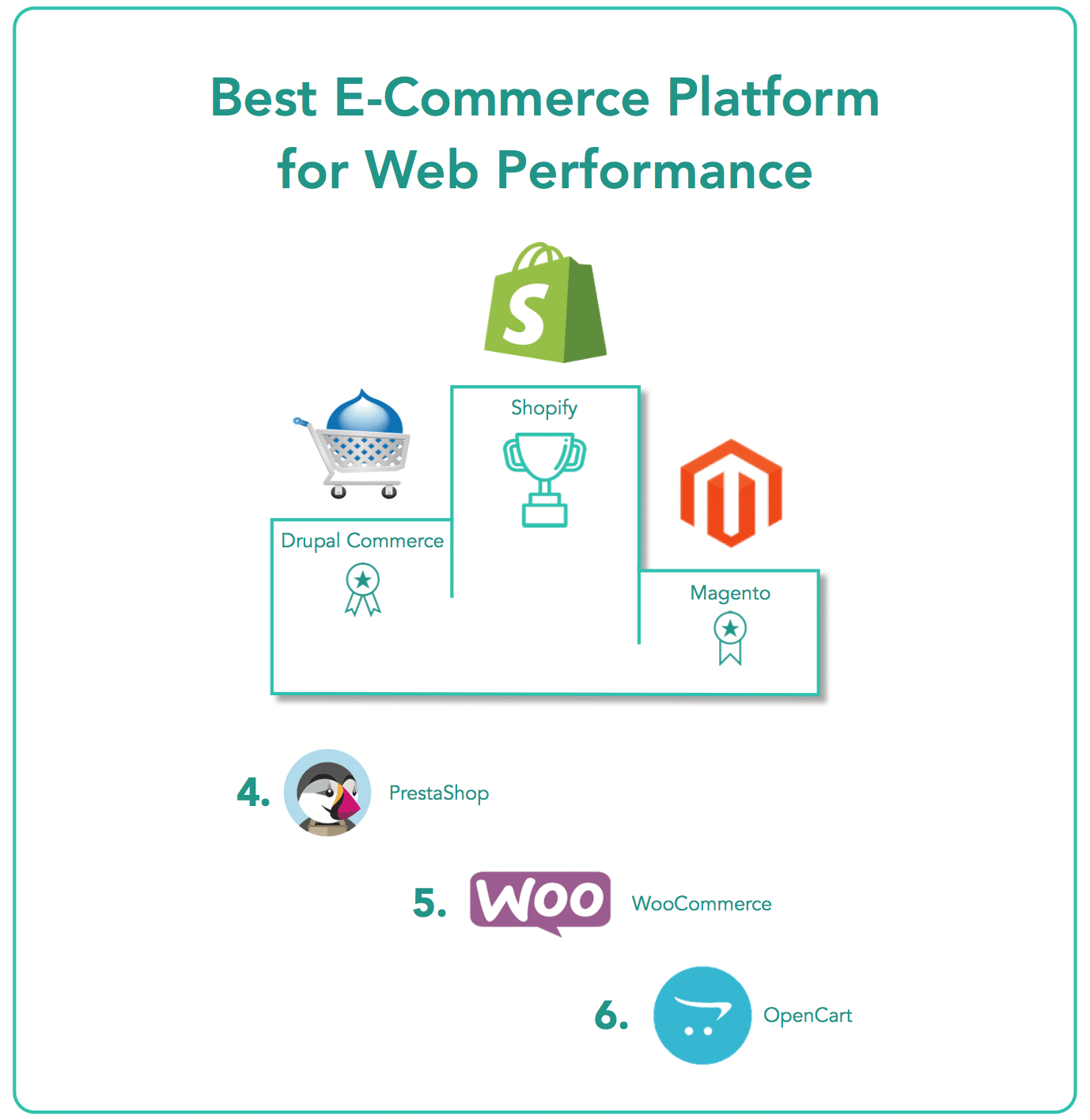Nowadays, e-commerce represents a key sector for companies. Last year, it amounted to $1,67 trillion of worldwide revenue.
Most companies, aware of the importance of e-commerce, launched their own online stores. To build it, they often use a CMS (Content Management System), because it allows them to focus on sales, instead of on the technical aspects of running an online store. Using a CMS, they can also easily manage their SEO and marketing actions, or even have their internet catalogue directly modified by their sales team.
Until that point, we can say that the companies using a CMS to build their online store make a sound tactical choice.
However, using a CMS for an e-commerce shop is not without consequences:
- It implements by default many functionalities that might not be useful, which can make the overall system quite heavy and slow at first.
- It is more or less prone to bugs, slowdowns or even downtimes; depending on how the CMS is built and customised after installation.
- Yet the speed of a website is crucial.
A slow website leads to a loss of conversion. It is widely known that the longer the loading time is, the higher are the chances for the customer to leave the website, and buy somewhere else.
Credits: Cedexis. Study identifying a link between performance and conversion.
Considering this issue of speed and conversion, we decided to conduct a study on the performance of 6 leading e-commerce platforms.
The idea is to establish a ranking, and find out which one delivers the best and most stable performance and UX.
So, we chose to include in the study:
- Magento (of course),
- WooCommerce, one of the leading e-commerce CMS, as you can see on the pie chart below,
- Shopify,
- Prestashop,
- OpenCart,
- And Drupal Commerce, which, with more than 7000 active websites across the world, seemed sufficiently representative to appear in this study.
Know that if you want to know more about web performance, you can also check our eBook now!
METHODOLOGY FOR THIS STUDY
To conduct this study, we took the 6 most represented E-commerce platforms on the market, so as to get more relevant results.
How did we select the websites for the study?
The study was carried out on a panel of 120 websites (20 per technology), with an Alexa ranking below 1M. The medium values revolve around rank 430.000, which represents websites with 67.000 visitors/month.
Choosing such a range gives more representativity to the study, since these websites are more likely to meet UX and performance minimum standards.
How did we analyze the performance?
The data was collected using our back-end monitoring tool, Quanta: it reproduces the behavior of a visitor going through the whole sales funnel (Home > Category > Subcategory > Product > Cart), and analyzes the speed and availability of each page from the home page to the cart.
To compare efficiently the inner performance of CMS solutions, the measure was done on the back-end time, meaning the time required for the CMS to generate the HTML code and send it back to the browser.
Selected sites were analyzed every minute, 24/7, during 30 days. The tool goes through the main five pages of the website (pages following the sales funnel, ndlr), every minute. And does this for every website selected for the study. This represents a total of 600 clicks per minute, and a total amount of 25 millions HTTP requests for the whole study.
The figures given throughout the study are the median values for each page of a regular sales funnel, out of the 20 websites selected per CMS. For a better reading comfort, we displayed the median results for all websites, per technology.
Now, let’s cut the chit chat and dive right in.
STUDY
Magento
Created in 2008, Magento is an open-source e-commerce solution. It is currently the leading e-commerce platform in Europe, with more than 250.000 websites using their technology.
Seeing that it’s an open-source solution, the Magento community is quite big and active, providing advanced user assistance and many dedicated extensions.
Magento is a very powerful CMS allowing e-companies to take care easily of their SEO and their marketing. However, it is quite difficult to master, due to its architecture and all its functionalities. Skilled developers are often needed to undertake modifications.
During our study, we discovered that Magento is a rather stable platform since the availability rate reached 99.71%, on average. Most of the time, websites were unavailable outside office hours (typically nighttime), because of maintenance windows.
Although Magento websites are the most frequented (with an average of 3000 visitors per day), they are not the fastest! The results showed that the pages, composing a classic user’s sales funnel, loaded in 665 milliseconds on average, which is beyond the “under 500 milliseconds” goal, set by Google.
However, Magento’s online cart load time is reasonable with a result of 568 milliseconds; which is fast enough to retain clients until the end of the sales funnel.
In conclusion, we can safely say that Magento is a complex machine, making it slower than the average other solutions.
To improve its performance, try using Varnish, or the built-in Full Page Cache functionality, developed by Magento itself. Those two popular cache systems can really boost you store and help it near the sweet spot of 100 milliseconds, the immediacy threshold.
WooCommerce
At the moment, WooCommerce is the leading e-commerce platform on the market. Free and easy to use, WooCommerce works as an extension of WordPress, and thus:
- does not require an external hoster,
- use the same plugins as the ones for WordPress (ex: for SEO, it’s Yoast SEO),
- has many themes and plugins available to upgrade stores,
- is very scalable, making it a good solution both for big and small companies.
So, with all these technical advantages, do we already throw in the towel and declare WooCommerce to be the ideal solution for performance? Well… Nop.
The performance test we’ve performed showed that WooCommerce is actually really slow. The average page load time of all monitored stores reached 776 milliseconds, and the average cart page loads in 1.32 second! And that’s not all. The solution is also the least stable one: the average availability for this platform was 99.52%. Can you imagine having your store being down during 40 minutes, every week?!
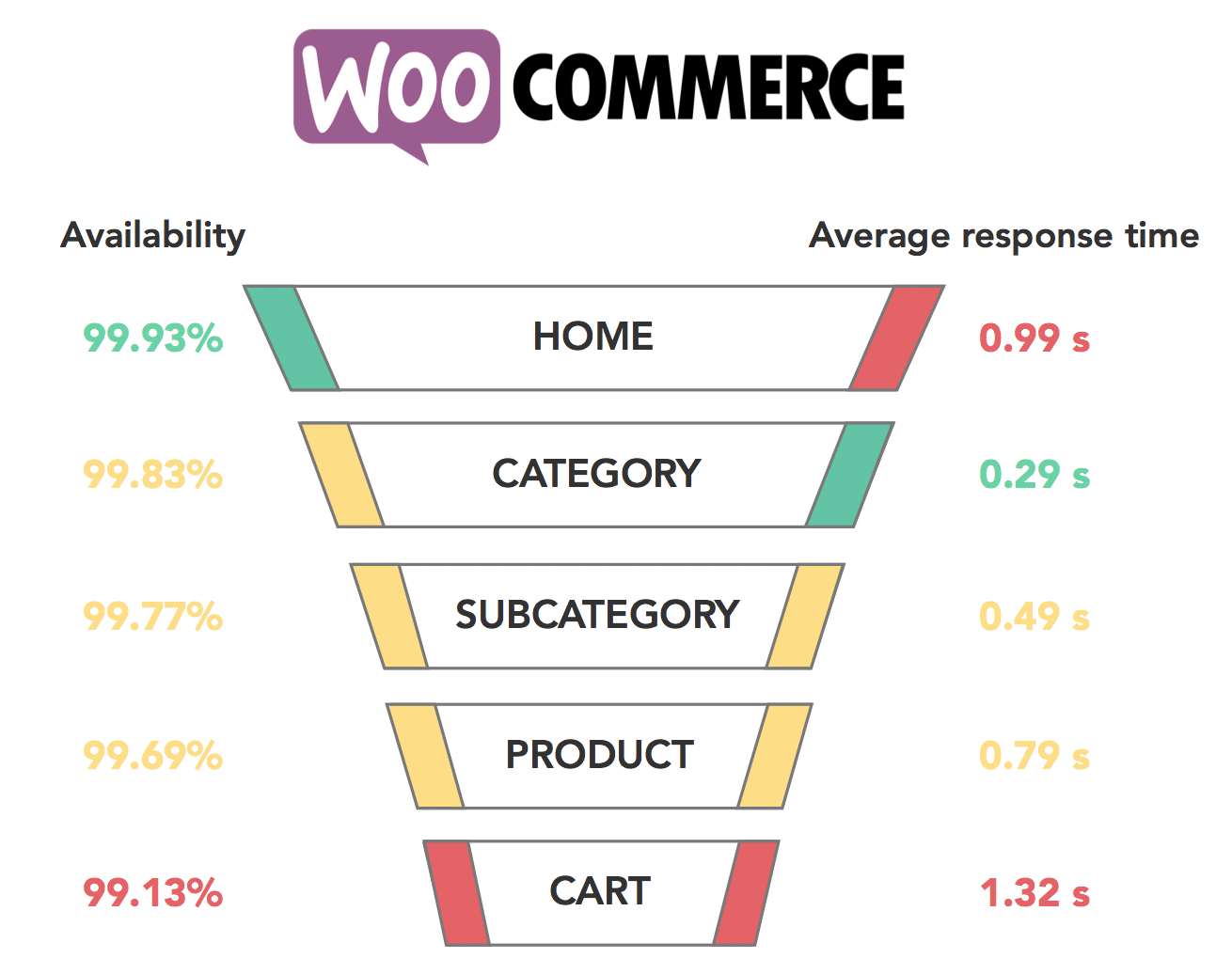
- using a hoster specialized in WordPress and WooCommerce websites,
- using additional modules like WP Rocket,
- compressing big and heavy images,
- or caching the maximum number of elements in your code.
Shopify
The Canadian solution Shopify is very easy to use if you want to launch an e-commerce platform. It was created in 2006, in order to create a complete website in ten minutes, tops.
Shopify is an all-in one e-commerce platform, which doesn’t require any knowledge in development to set up. E-businesses simply have to create their catalogue with the articles, texts and images they need for their store. The structure of the website, and themes, are already provided when subscribing to the solution.
Shopify is not only simple, but also very performant. The data provided during our study revealed that on average, web pages loaded in 309 milliseconds, when the Google Guidelines recommend an average of 500 milliseconds of loading time! Thanks to its fast response times and results, Shopify delivers a very good overall user experience.
The solution is also the most stable one among all of the solutions we’ve tested with an outstanding 99.95% availability rate, meaning only 5 minutes of downtime per week!
Such performances and stability can be explained by the fact that Shopify is a full-Saas platform; meaning that it manages both the CMS and its hosting. This specificity is definitively an advantage pertaining to loading times and availability, but the drawback is that when Shopify’s servers are down or suffer a slowdown (and we happened to measure a few of them during this study), all the websites hosted are affected simultaneously in the same way.
PrestaShop
Since its public release in 2007, PrestaShop is a very popular CMS in France. The solution is used by 250,000 websites across the globe, and has a huge community (1 million community members!).
PrestaShop is free to download and install, and provides native basic functionalities. However, in order to have a fully functional website, it is necessary to download themes and extensions within the PrestaShop market, which are hardly ever free… Given the community behind it, they are numerous and effective.
The analysis of PrestaShop websites’ performance showed average results. The average speed for every page is 772 milliseconds, with the cart being the fastest page at 483 milliseconds.
However, PrestaShop presented a very good availability rate considering its 99,91% rate. Several pages returned “step timedout” errors, meaning that the probes waited for more than 20 seconds for the page to come back before giving up. Apart from a few stores that encountered problems, the average availability of the top performers is pretty good.
Those results could possibly be improved using many optimizations and caching tools the solution provides, as well as choosing a hoster fitted for PrestaShop, using a CDN or other reverse proxy solutions.
OpenCart
Released in 2005, OpenCart is another free e-commerce solution aimed at beginners. Used by more than 300,000 websites worldwide, OpenCart represents around 7% of all CMS technologies available on the market.
OpenCart offers more than 6000 plugins, among which more than 1600 are free. These plugins offer a large variety of features used by e-companies to customize their e-store. The CMS is therefore fitted to small to medium companies.
Yet, our study revealed disappointing results when it came to performance: websites using OpenCart are among the slowest of them all, with an average load time of 831 milliseconds, which is more than 1.6 times higher than the Google guideline for SEO! Category pages are even slower with 936 milliseconds. The cart is the only page below 800 milliseconds with 600 milliseconds.
The availability for this solution is 99.71%, which represents a quite stable website.
Improving your page load time when using OpenCart is recommended, if you want to retain your customers and avoid frustration.
Drupal Commerce
Last but not least, we monitored a panel of Drupal Commerce stores. Created in 2011, Drupal Commerce is an extension of Drupal, adding to the original CMS all the e-commerce features needed by online companies. It is free and open-source.
One of Drupal Commerce’s particularity, is to be really well-fitted for SEO, which allows websites to climb the rankings in Google search engine.
Drupal Commerce was a rather good solution when it came to performance. In fact, the medium for the pages load time is 669 milliseconds, which represents the third best performance out of all the technologies tested, very close to Magento.
With 99.82% availability rate, Drupal Commerce represents the third most available technology among the tested CMS. It is clearly a reliable technology to use for an e-commerce store.
However, creating and updating a Drupal Commerce based website is not as simple as when using Shopify or Prestashop. It requires a dedicated team of developers, and thus, to invest some time and money into the set up.
AND THE WINNER IS…?
So, at the end, what CMS is the best e-commerce platform when it comes to performance?
The cloud graph below shows all the websites, from all technologies, according to their average speed and availability rate. You can clearly see that Shopify and Drupal Commerce websites are nearing the top, whereas other CMS based websites have disparate results.
In conclusion, taking into account all the datas provided and analyzed, we drew up a podium, for the most performant e-commerce platform:
The study revealed Shopify websites tends to be faster and more available than other CMS-based websites.
However, several general conclusions may be drawn from our analysis, the most important one being that the technology used for a website is not the only key factor to get good performances.
Indeed, relying only on a CMS native availability or speed will certainly lead to poor performance, and numerous issues. To get the best performance as possible, it is crucial to rely on a professional team of developers, who will be able to maximize website optimization, and decrease page load time at each important step of the e-commerce sales funnel.

